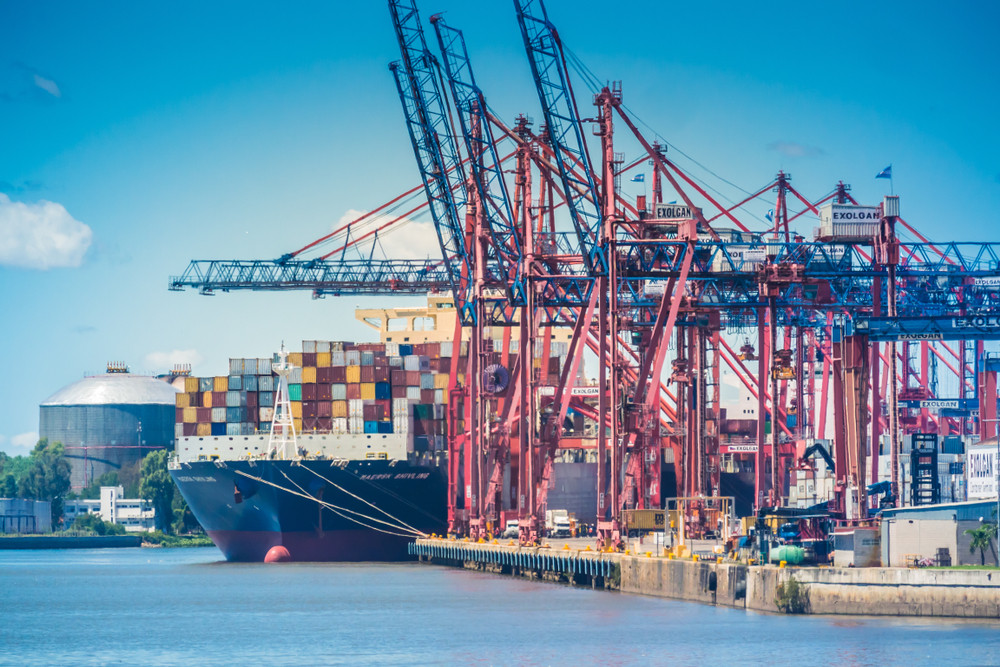The General Port Administration (AGP), a body that depends on Argentina’s Ministry of Transportation, launched the tender to renew and modernise its Electronic Document Exchange platform, known as e-PuertoBUE, which is currently used in the Port of Buenos Aires.
This digital platform is used to carry out the electronic logistics transactions of the actors in the jurisdiction of the Port of Buenos Aires, such as the request for stopovers where the shipping lines and agents, the concession terminals, the naval prefecture and Customs interact.
Although since it began to be used to date the AGP has internally developed subsystems to modernise the software used, with this tender, it advances in the implementation of a new, more modern system with innovative technology that has many benefits for the parties. involved.
“We can highlight greater efficiency and speed in port processes, especially through automation and reduction of paperwork, contributing to sustainable transport, supporting global carbon reduction requirements, simplifying entry and exit procedures and stay of ships, the integration of all state and private logistics actors, streamlining the interaction of companies, citizens and government, synchronizing the document flow with the physical, reporting in real time 7×24,” said the major Argentinian port.
Resolution 8/2021 published in the Official Gazette specifies that the platform to be developed must be based on secure, standardised and interoperable technological tools, in a way that allows the actors of the foreign trade chain to share information effectively and efficiently, as well as adequate cargo traceability, according to a statement.
The technological improvements will incorporate new documentary processes, such as services to the ship, both when entering and during its stay at the dock, Electronic Free Debt, Administration of Railway Formations, Electronic Consignment Note and the Dangerous Goods Declaration process.
For this, a modern platform of processes will be used that will be “tokenised” in the Blockchain network that will act as a digital notary, preventing alterations of the information, carrying out traceability and providing a secure framework, among others.







